1.2.1.1 Introduction to single row deep groove ball bearing
Figure 1.12 shows a single row deep groove ball bearing, which is the most commonly used rolling bearing. The curvature radius of the inner and outer raceways of most commercial bearings is 51.5%~53% of the steel ball diameter.
The assembly of this bearing is shown in Fig. 1.13 and Fig. 1,14. Fill the steel ball between the inner and outer rings, and the assembly angle is determined by the following formula:
Φ=2(Z-1)D/dm
(1.1)
Where, Z is the number of balls, dm is the diameter of the ball, d. Is the diameter of the spherical center pitch circle. Push the inner ring to the concentric position with the outer ring, and make the balls evenly distributed along the circumference, then install the riveted cage shown in Fig. 1.12 or the polymer cage shown in Fig. 13.18a to keep the steel balls evenly distributed. The deep groove ball bearing has a high degree of fit, and the bearing pitch circle can accommodate the proper ball diameter and ball number. Therefore, when the bearing material has excellent performance, good manufacturing accuracy, and proper lubrication and sealing, it has a high bearing capacity. Although this kind of bearing is designed to bear radial load, it can work well under combined radial and axial load, even under axial load. If the cage design is reasonable, the deep groove ball bearing can also withstand small eccentric load (torque load). If the outer surface of the bearing outer ring is made into a spherical surface, as shown in Figure 1.15, the bearing has self aligning function, but cannot bear torque load.
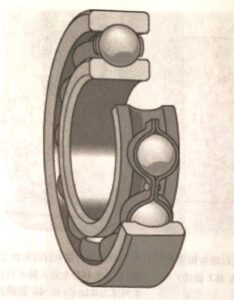
Fig. 1.12 Single row deep groove ball bearing
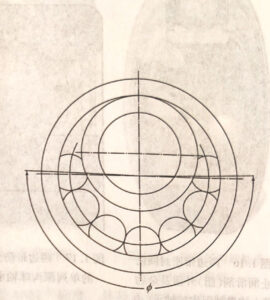
Figure 1.13 Deep Groove Ball Assembly
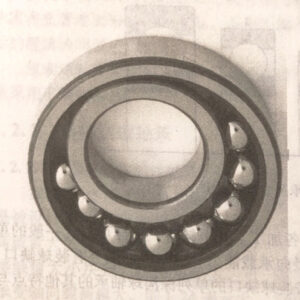
Fig. 1.14 Deep groove ball bearing parts before the inner ring and outer ring are concentric
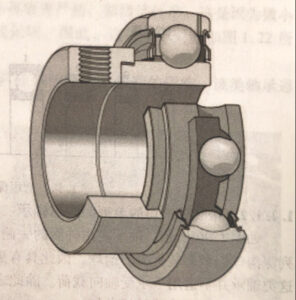
Fig. 1.15 Single row deep groove ball bearing with centering function made of spherical outer ring
Deep groove ball bearings can be equipped with sealing rings (Fig. 1.16) or dust covers (Fig. 1.17) or both (Fig. 1.18). These components are used to prevent lubricant leakage and prevent dirt from entering the bearing interior. To meet the needs of ordinary and special applications, there are many structural forms of sealing ring and dust cover, such as Fig. 1.16~Fig. 1.18. The seal ring structure will be described in detail in Chapter 12. The deep groove ball bearing can also run at high speed if the lubrication is sufficient and can provide cooling. The speed limit given in the manufacturer’s sample is generally the value of the bearing without external cooling or special cooling technology.
According to ANSI and IS0 standards, deep groove ball bearings have several different size series. Figure 1.19 shows the comparison of dimension series of common deep groove ball bearings.
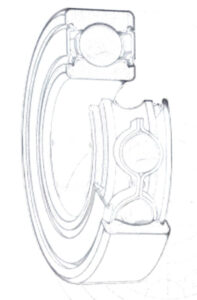
Fig. 1.16 Single row deep groove ball bearing with sealing rings on both sides to prevent lubricant (grease) from leaking out and sundries from entering
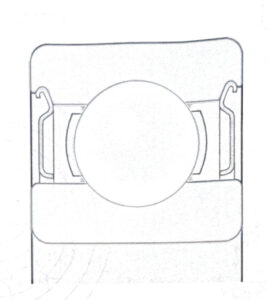
Fig. 1.17 Single row deep groove ball bearing with dust cover on both sides to prevent sundries from entering
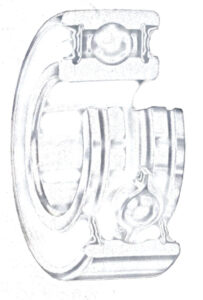
Fig. 1.18 Single row deep groove ball bearing with sealing ring and dust cover (to prevent large dust from entering the bearing)
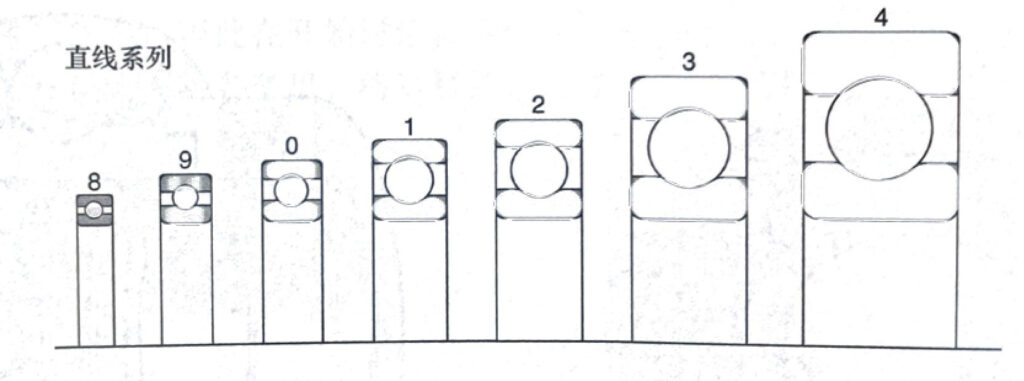
Figure 1.19 Comparison of Dimension Series of Common Deep Groove Ball Bearings
Looking for Bearings ?
We are professional bearing manufacturer and wholesaler in China,we mainly offer following deep groove ball bearings.






